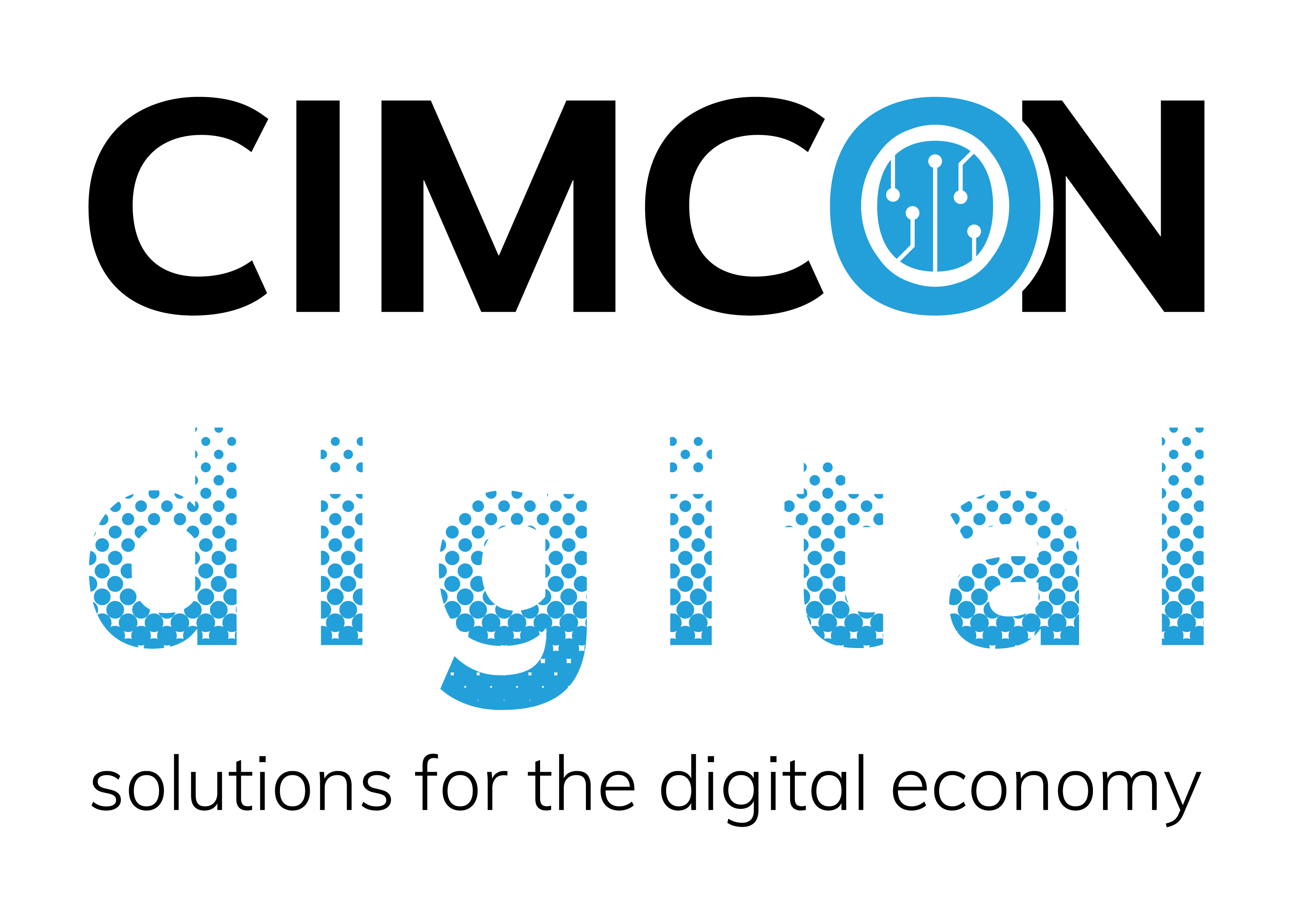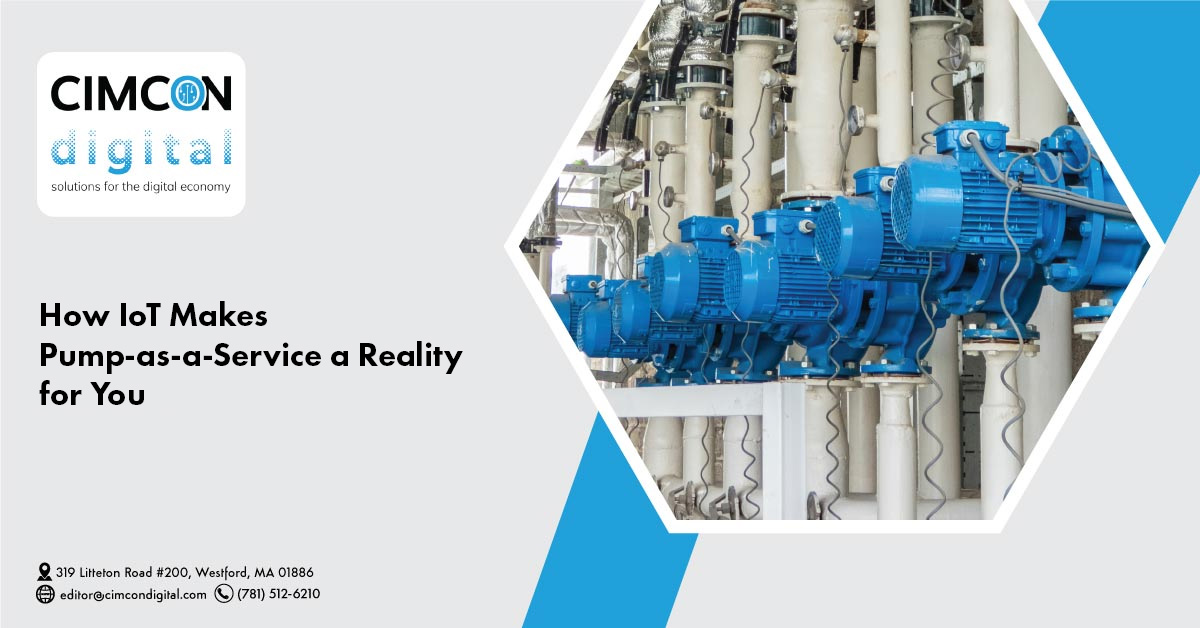The global pump market has been extremely volatile during the past few years with the decline of global oil and commodity prices. Pump manufacturers are looking for ways to minimize losses and introduce new ways of earning profits. As more and more devices are turning smart—from houses to cars—the pump industry is following suit. The digital transformation and the internet are changing the face of the pump industry completely, introducing the concept of predictive analysis and equipment monitoring. This reduces unpredictable maintenance costs and expensive downtime.
Why IoT in the Pump Industry
The pump market has seen a growing trend of implementing new technologies, called Pump-as-a-service. This provides an opportunity for pump manufacturers to innovate and provide full pump solutions instead of merely adding a component to their overall equipment portfolios. But why is the Internet of Things (IoT) a good fit for the pump industry?
There are some major trends due to which have pushed the pump industry toward IoT:
- An aging workforce coupled with aging systems is one of the main reasons the pump industry is moving to IoT. Survey data shows that more than a quarter of utility workers will be eligible for retirement in the next few years. This will cause a severe shortage of skilled labour all over the world.
- An increase in global competition means that manufacturers must adopt new technologies to stand apart from competitors and develop new revenue streams.
- Dependence on data has led organizations and manufacturers to collate data and use it to increase operational efficiency.
- Most pump manufacturers followed the reactive model in the past. However, one major drawback of that model is OPEX (Operational Expenditure). This has led pump manufacturers to look for more proactive solutions which will lead to higher efficiency and enhanced solutions
Identifying Pump Failures is Critical
The specific maintenance requirements of industrial pumps depend on several factors, including the type of pump, the industry the pump is being used for, the viscosity of the pump, and many others. But what all pumps have in common is Scheduled Maintenance. For example, a pump used for irrigation purposes which pulls water from rivers and sends it to the agricultural fields is affected by the impurities in the water; the impeller is damaged over time, leading to efficiency loss and major downtime.. If proper maintenance is neglected, it is bound to fail at some point. The pump operator will know about the failure only when it begins to cause problems.
IoT is the solution which reverses this trend. Preventive maintenance will spot any threats before they cause major damage. With the cost of sensors going down over the years, installing sensors and monitoring critical parameters like vibration, temperature, pressure, and flow can reduce costs as well as improve the efficiency and safety of pumps.
What is standing in the way of pump industry adopting IoT?
IoT is intimidating for many industries due to its complexity. Pumping industries have always been collecting, measuring, and analyzing data through SCADA and other communication networks. But, the efficient use of large quantities of data to improve pump efficiency has always been and still is a problem for the industry. Introducing the Industrial Internet of Things (IIoT) modernizes the way pump industries work and brings additional value to the system.
Data management and data security are the biggest challenges for IoT. Security is the foundation of IoT. Yet, there is no real consensus on how to implement security in IoT; there is no magic wand that can effectively mitigate threats.
In this world of connected devices, there is an increased risk of cyber-attacks on infrastructure. To make IoT effective, cybersecurity threats must be met proactively with a systemwide, defensive approach specific to organizational needs.
How can pump manufacturers, distributors, service providers, and system integrators increase sales through IoT?
In the past, pump distributors have struggled to capture incremental revenue through maintenance and aftermarket sales. Connected devices such as vibration sensors collect system health data and perform analytics. This way, it can predict various types of pump failure, sending an automated notification to system operators who can fix the problem before it causes downtime. The system can even automatically order replacement parts.
These types of IoT-enabled features allow service providers to create new revenue streams. Service providers can predict and proactively resolve customer issues using connected products. This will greatly increase customer satisfaction because they will never have to experience downtime. Maintenance contracts will be easier to execute for the service provider as well as more valuable to the customer. Additionally, IoT-generated data can be used to increase efficiency in ways which were previously impossible. Service providers will have remote access to customer data, preparing them for client meetings and service visits..
Labor is the biggest cost for pump system integrators and service providers. IoT data can be used to make labor hours count. Connected systems speed up installation, commissioning, and troubleshooting. More efficient labor makes everyone happy—the service provider, the workers, and the client. Additionally, the subsequent labor cost savings lead to a higher profit margin for the service provider.
How is IoT beneficial to the customers of the pump industry?
Downtime is one of the biggest challenges faced by pump system customers today. IoT can reduce unplanned downtime by predicting the failure of connected devices and their downstream components
All players in the value chain can benefit from adopting IoT-connected systems. The possibilities are endless:
- Labor savings
- Savings on the total cost of ownership by specific preventative maintenance
- Avoidance of catastrophic failure
- Inventory consolidation and optimization
- Higher system efficiency and better performance
Conclusion
The world of IoT is continuously growing. With data being collected over time, pump industries can benefit highly from it. CIMCON’s iEdge device collects data, analyses the data, uses various AI/ML algorithms, and provide the output to the pump manufacturers on how to improve efficiency and reduce downtime. CIMCON’s Vibration Sensor VIBit can also be used to identify various failures like bearing failure, cavitation, and impeller issues so that the pump manufacturers can take proper action to avoid catastrophic damage. IoT is an important piece of technology that is here to stay.



Leave a Reply